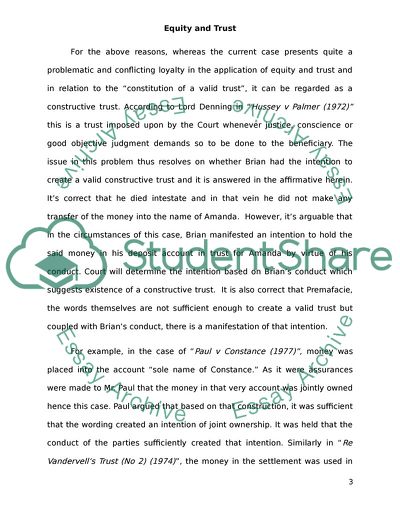Cite this document
(Equity and Trust Assignment Example | Topics and Well Written Essays - 1500 words - 5, n.d.)
Equity and Trust Assignment Example | Topics and Well Written Essays - 1500 words - 5. https://studentshare.org/law/1791821-equity-and-trusts
Equity and Trust Assignment Example | Topics and Well Written Essays - 1500 words - 5. https://studentshare.org/law/1791821-equity-and-trusts
(Equity and Trust Assignment Example | Topics and Well Written Essays - 1500 Words - 5)
Equity and Trust Assignment Example | Topics and Well Written Essays - 1500 Words - 5. https://studentshare.org/law/1791821-equity-and-trusts.
Equity and Trust Assignment Example | Topics and Well Written Essays - 1500 Words - 5. https://studentshare.org/law/1791821-equity-and-trusts.
“Equity and Trust Assignment Example | Topics and Well Written Essays - 1500 Words - 5”. https://studentshare.org/law/1791821-equity-and-trusts.


